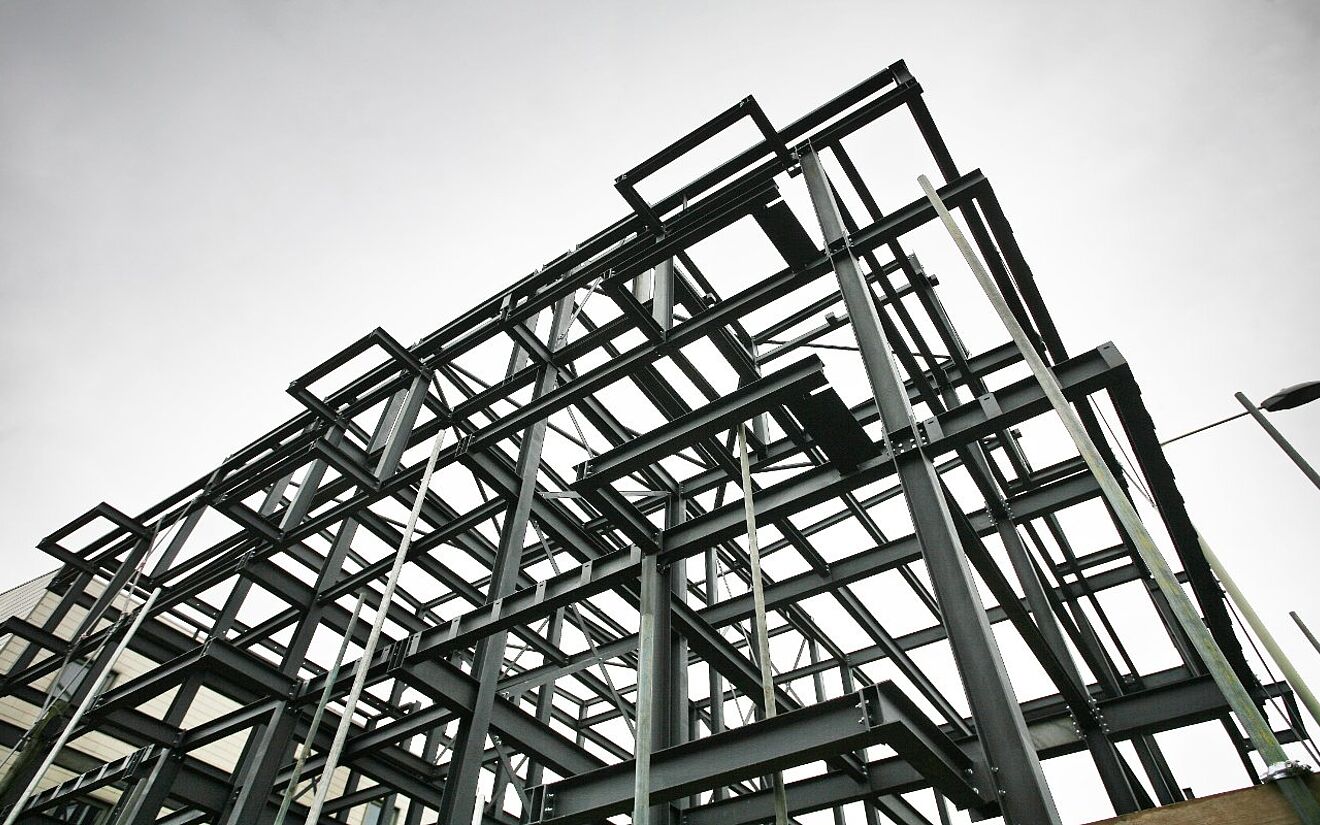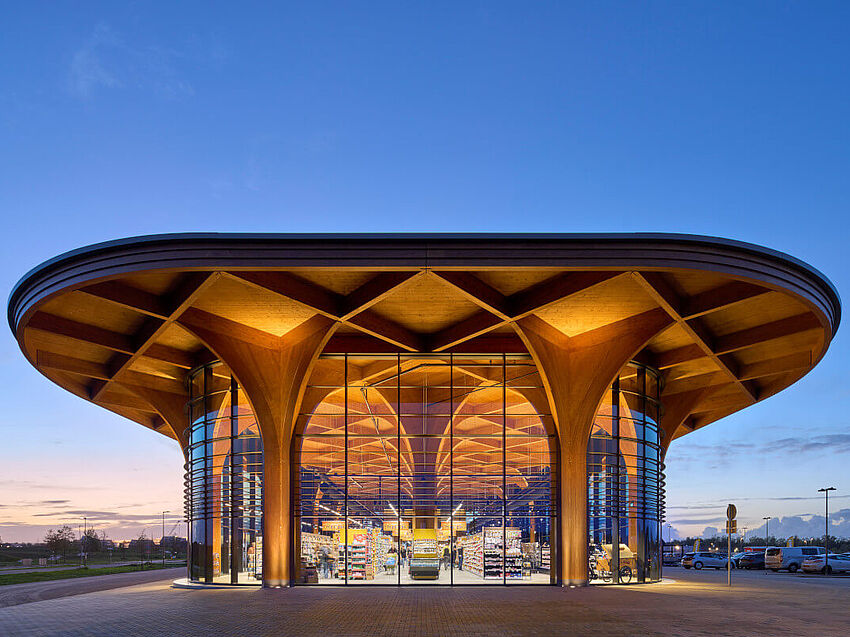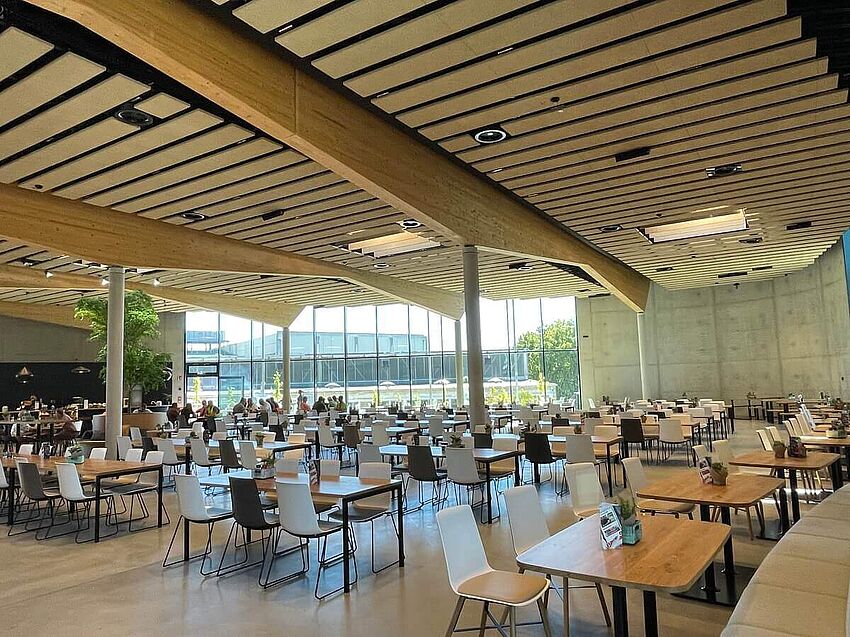Civil engineers are increasingly asked to achieve more with fewer resources, whether it is to design more ambitious structures, deliver a complex project, or meet a tight deadline or budget. In addition, there is added pressure from the lack of skilled workers available to work on projects at a time when there is more infrastructure being built than ever before. The only way to deliver projects on time and to budget is to find more efficient ways of working.
Identifying activities that can be automated is one of the easiest ways to accelerate and streamline the design process. While previously this may have been difficult using conventional approaches, the increasing digitalization of the construction industry has led to new technologies which provide the tools needed to help achieve this automation. One such tool is visual scripting, which allows civil engineers to create their own scripts (programs) without the need to learn a programming language.
Visual Scripting For Civil Engineers
Visual scripting is useful for automating repetitive design activities, creating custom forms and analyses, and preparing project-specific reports. It is also used to create parametric models – models that behave intelligently based on parameters that are assigned. For example, visual scripting can be used to create a parametric reinforced concrete element, such as a beam. The benefit of using visual scripting to create a parametric object is that any changes in the design requirements can be quickly and easily applied to the beam, such as changing the dimensions. Any outputs that are required, such as model details or drawings, can also be obtained rapidly, saving valuable time. This makes visual scripting ideal for elements that need to be regularly varied in engineering projects, even if they have high levels of detail such as reinforcement. Even in late phases of the planning process design modifications can be done with low cost. That improves the quality of the design and the buildings.
Another example of the benefits of visual scripting is being able to quickly generate a modular structural frame using beams and columns with parameters that can be varied easily. Using visual scripting and parametric modeling for this removes the need for manually creating different variants, and the automatic creation of the objects saves significant time and effort. Once components like this are set up, less skilled input is required to obtain the desired outcome. Complex geometries consisting of masses of individual parts can be designed and controlled efficiently using visual scripting. Designing and building novel forms is no longer reserved for IT gurus.
Visual Scripting In ALLPLAN
One of the drawbacks to parametric modeling is that users need some scripting language knowledge. To overcome this, ALLPLAN uses an intuitive visual interface that lets users link pre-written blocks of code that define different behaviors (called nodes). Essentially, using visual scripting in ALLPLAN is like creating a flow chart of how a component should behave under certain conditions or triggers. It is not just limited to model components either – scripts can be created to automate workflows when creating sections or layouts, enrich existing objects with information, or analyze the model, just to name a few uses. With this powerful tool, the designer can set up their own scripts to create tailored workflows and custom components that suit their working methods and projects, for improved design productivity. And as visual scripting is integrated directly within ALLPLAN, no further software is required.
Learn More About Design Automation
Boosting design efficiency is a key area to focus on for engineers who want to achieve more with less. To discover more about the possibilities of design automation using visual scripting, take a look at our video examples to see how easy visual scripting can be or download our whitepaper, "This is how parametric design helps to increase your productivity".




